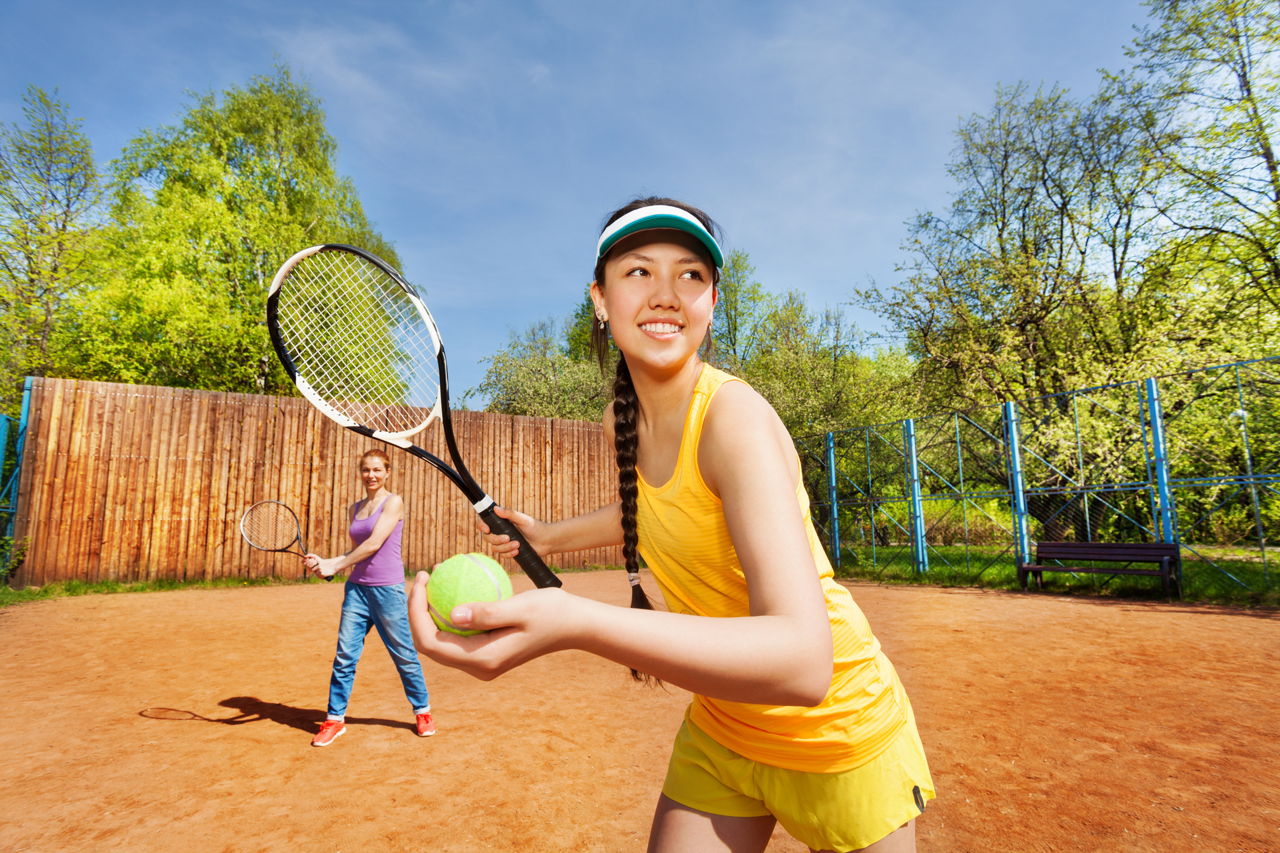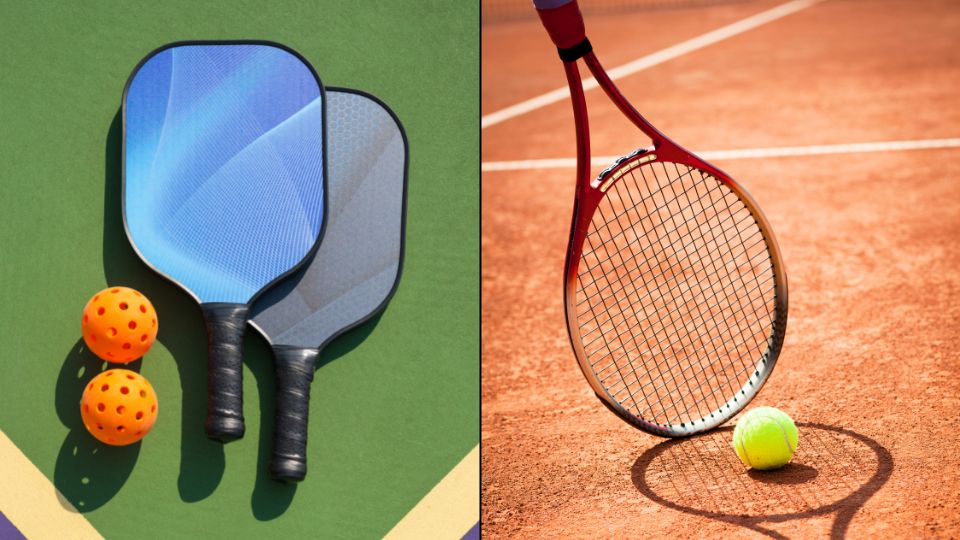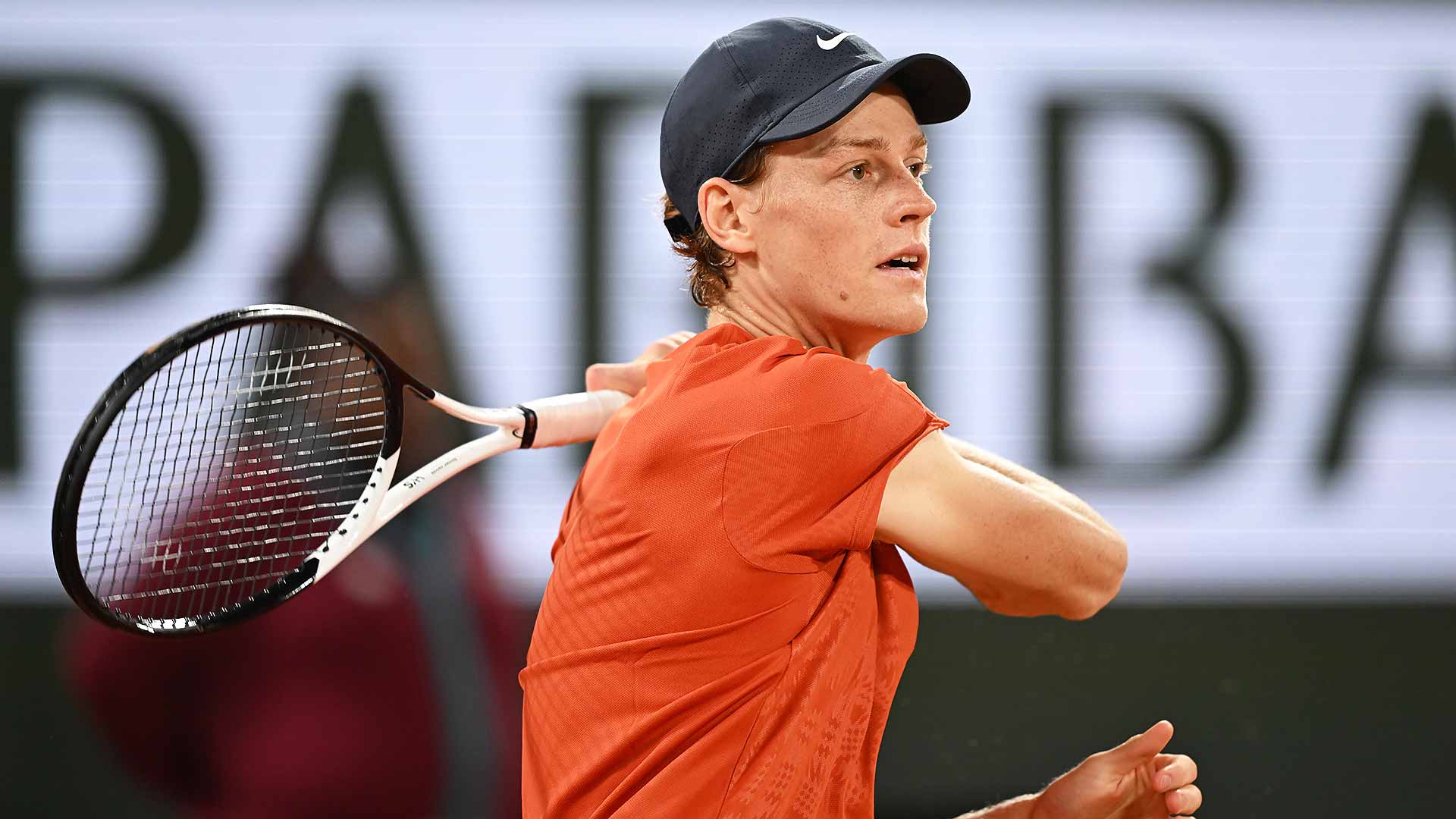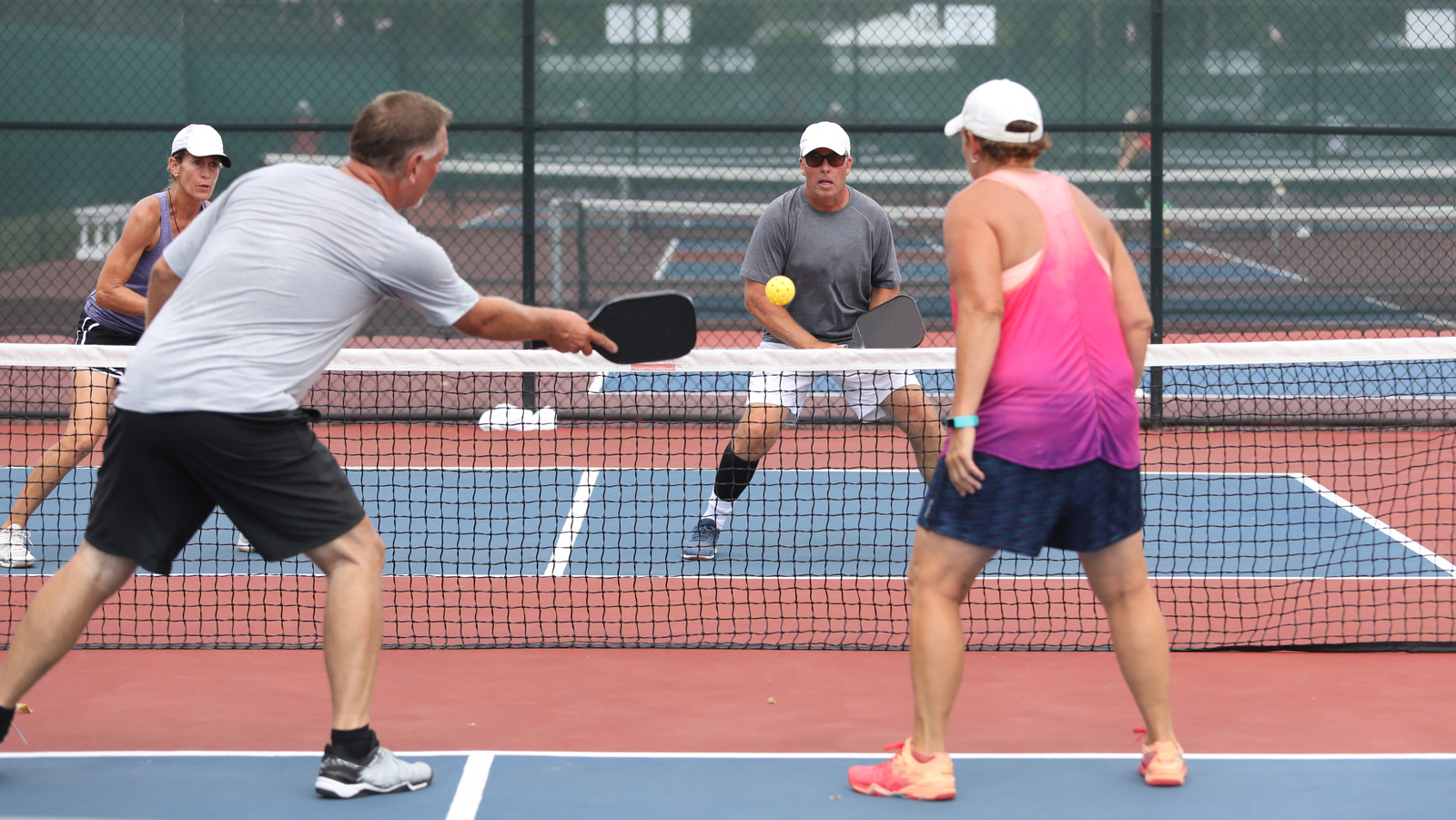I. Introduction

In the world of tennis, skill development is of utmost importance. Whether you’re a beginner or an advanced player, continuously improving your skills is key to progressing in the sport. This article will delve into the various aspects of skill development in tennis, providing a comprehensive guide for players of all levels.
II. Mastering the Fundamentals
A. Grip and Techniques
One of the first things every tennis player should focus on is their grip. The correct grip is essential for executing different shots with accuracy and power. For the forehand, the most common grip is the Eastern grip, where the base knuckle of the index finger is placed on the third bevel of the racket handle. The backhand grip, on the other hand, varies depending on whether it’s a two-handed or one-handed backhand.
In addition to proper grip, players should also develop techniques for executing different shots. This includes groundstrokes such as the forehand and backhand, as well as volleys and overhead shots. Each shot requires a specific technique to generate power and control. Practicing these techniques with the right grip is crucial for mastering the fundamentals of tennis.
B. Footwork and Movement

While having good grip and techniques is important, they mean little without proper footwork and movement on the court. Tennis is a fast-paced sport that requires quick lateral movements and split steps, especially when reacting to the opponent’s shots. Developing agility and balance through footwork drills can significantly improve a player’s overall game.
Furthermore, understanding the importance of court positioning and using the right footwork for different shots is essential. Whether it’s moving forward to attack the net or moving sideways to reach wide shots, efficient footwork helps players maintain balance and make accurate shots.
III. Strategies for Success
A. Developing a Strong Serve
The serve is arguably the most important shot in tennis, as it sets the tone for the point. Developing a strong serve requires proper technique and consistent practice. Players should focus on generating power and accuracy through the right body rotation, arm extension, and wrist snap. Regularly doing serve-specific drills can help improve speed, accuracy, and placement.
Furthermore, understanding different serving strategies is crucial for gaining an advantage over opponents. By mastering various serves, such as the flat serve, slice serve, and kick serve, players can keep their opponents guessing and exploit weaknesses in their game.
B. Effective Shot Selection
Proper shot selection is key to winning matches. It involves choosing the right shot for a given situation, considering factors such as court position, opponent’s position, and shot options available. By analyzing the opponent’s strengths and weaknesses, players can strategically select shots that put them in a favorable position.
Court positioning also plays a crucial role in shot selection. Knowing when to move forward to attack the net or stay back to defend can significantly impact the outcome of a point. Understanding these strategies and implementing them during matches can greatly enhance a player’s game.
IV. Mental Preparedness and Conditioning
A. Developing a Winning Mindset
In tennis, mental preparedness is just as important as physical fitness. Developing a winning mindset can greatly enhance your performance on the court. Focus and confidence are two key aspects of a winning mindset.
-
Importance of focusin tennis
Maintaining focus during matches is crucial to success. It allows you to stay present in the moment and make better decisions on the court. Here are strategies to help you improve your focus:
- Visualize success: Before a match, visualize yourself executing successful shots and winning points. This mental imagery will help you focus on the task at hand and build confidence.
- Use routines: Establish pre-serve and pre-point routines to reinforce focus. These routines can include taking a deep breath, bouncing the ball a specific number of times, or visualizing your intended shot.
- Accept distractions: Learn to accept and let go of distractions, such as crowd noise or your opponent’s tactics. Train yourself to refocus quickly after these distractions.
-
Importance of confidence in tennis

Confidence is a key factor in winning matches. It allows you to trust your skills and make bold decisions on the court. Here are strategies to help you boost your confidence:
- Practice and preparation: The more you practice and prepare, the more confident you’ll feel in your abilities. Use practice sessions to focus on specific areas of improvement and build your confidence.
- Positive self-talk: Replace negative thoughts with positive affirmations. For example, instead of thinking, “I always mess up my forehand,” say to yourself, “I have a great forehand and can hit winners.”
- Embrace challenges: Embrace tough opponents and challenging situations as opportunities to grow. Recognize that playing against strong opponents will help you develop your skills and resilience.
B. Physical Conditioning and Fitness

In order to excel in tennis, physical conditioning and fitness are crucial. Strength, endurance, and flexibility play vital roles in your overall performance on the court. Here are some guidelines to help you optimize your physical conditioning:
-
Importance of strength in tennis
Tennis is a physically demanding sport that requires both upper and lower body strength. Strong muscles enable you to generate power and have better control over your shots. Here are some exercises that can help improve your strength:
- Weightlifting: Incorporate exercises like squats, deadlifts, and bench presses into your training routine. Focus on proper form and gradually increase the weight over time.
- Plyometrics: Include explosive movements like box jumps, medicine ball slams, and lateral jumps to develop fast-twitch muscle fibers.
- Core exercises: Strengthen your core with planks, Russian twists, and leg raises, as a strong core improves stability and power in your shots.
-
Importance of endurance in tennis
Endurance is crucial in tennis as matches can last for several hours. Good cardiovascular fitness allows you to sustain a high level of performance throughout a match. Here are some ways to improve your endurance:
- Cardiovascular exercises: Engage in activities like jogging, cycling, or swimming to improve your overall cardiovascular fitness.
- Interval training: Incorporate interval training into your routine by alternating periods of high-intensity exercise with lower-intensity recovery periods. This simulates the stop-and-start nature of tennis matches.
-
Importance of flexibility in tennis
Flexibility is essential for executing various shots and minimizing the risk of injury. Here are some exercises that can help improve your flexibility:
- Dynamic warm-up: Prior to playing, perform dynamic stretches, such as leg swings, arm circles, and lunges, to warm up your muscles and increase flexibility.
- Yoga and Pilates: Engaging in regular yoga or Pilates sessions can improve your overall flexibility, balance, and core strength.
- Foam rolling: Use a foam roller to massage and release muscle tightness, particularly in areas such as the calves, hamstrings, and shoulders.
By focusing on mental preparedness, physical conditioning, and utilizing available resources, you can greatly enhance your performance and excel in the sport of tennis. Remember to stay dedicated, work hard, and enjoy the journey of improving your game.

